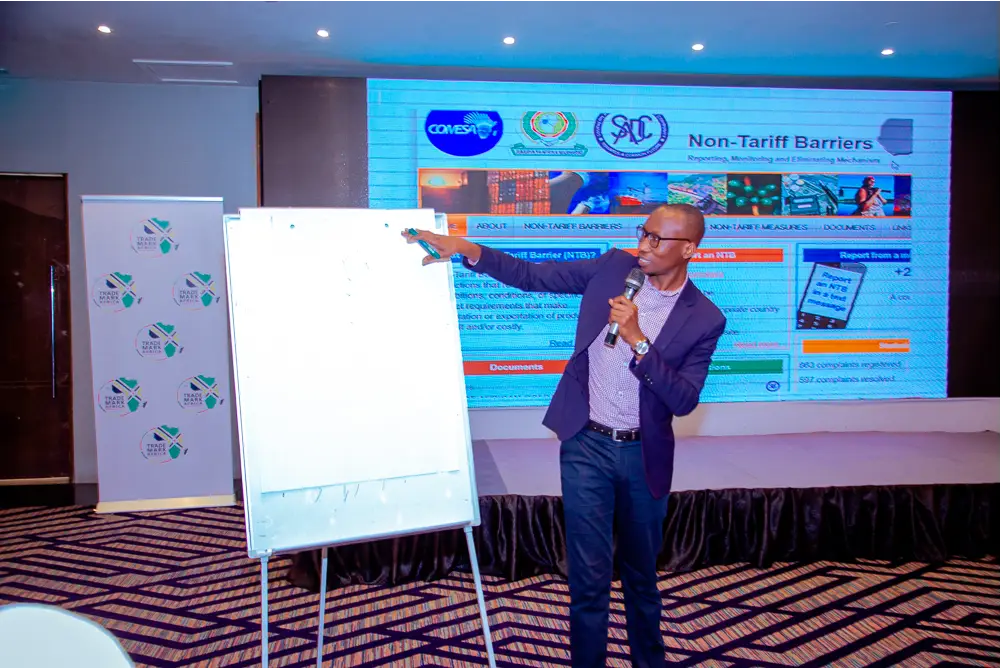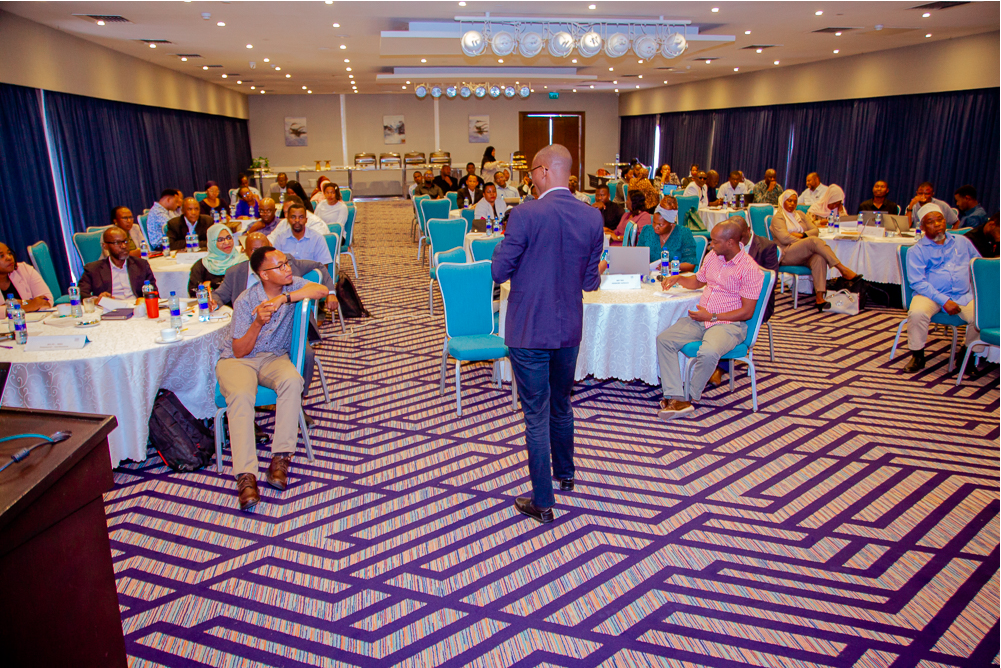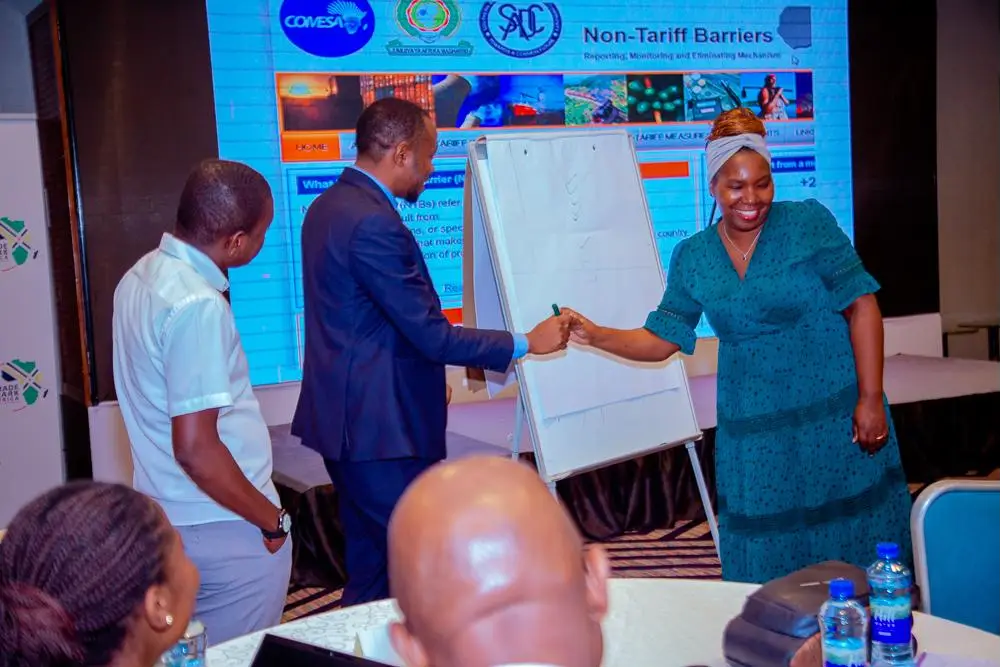Reducing the cost and time of trade across Tanzania’s corridors is central to improving competitiveness. Yet, non-tariff barriers (NTBs) such as roadblocks, duplicative standards, and inconsistent border procedures, continue to hinder the free flow of goods, even where tariffs have been liberalised. In response to this persistent challenge, more than 50 representatives from the Government of Tanzania, the private sector, logistics institutions, and other stakeholders convened last week for a two-day capacity-building initiative, designed to equip the participants with practical tools to identify, report, and resolve NTBs, reinforcing ongoing efforts to create a more predictable and efficient trading environment.
The initiative is financed by the European Union (EU) through its Global Gateway initiative, under the “Port of Dar Es Salaam Transport and Trade Improvement Project”. It is implemented by a consortium composed of TradeMark Africa (TMA), UN HABITAT and Enabel in partnership with the Port of Antwerp-Bruges International. TMA, in particular, is the leading partner for the trade facilitation initiatives, focusing on streamlining customs, digitising clearance systems, and reducing the costs and risks faced by traders moving goods along the Dar and Central Corridors. The EU’s support signals a strong commitment to removing systemic barriers that slow down trade and to improving efficiency at the Port of Dar es Salaam strengthening its role as a vital hub for regional trade.

The training focused on the understanding of NTMs and NTBs within the context of WTO, EAC, Tripartite and the AfCFTA while combining case studies with practical use of reporting tools including the COMESA–EAC–SADC (Tripartite) and AfCFTA NTBs reporting mechanisms. For the private sector, particularly SMEs and women-led businesses, the sessions offered structured ways to voice challenges, reduce transaction costs, and expand market access. Government agencies applied the training to distinguish between legitimate trade measures and unnecessary restrictions, while embedding systems to respond more efficiently to trader complaints.
Tanzania had already begun to reap measurable benefits. At the Mutukula border between Tanzania and Uganda, average crossing times from Tanzania into Uganda fell from 10 hours 12 minutes in 2011 to 3 hours 24 minutes in 2017, representing a time reduction of approximately 67% (ODI, One-stop border posts in East Africa: An update, 2023). Such improvements translated directly into reduced costs, greater predictability, and stronger business performance.

By anchoring the initiative within regional frameworks such as the EAC, Tripartite, and AfCFTA, the training links national action with regional decision-making. It enables Tanzanian stakeholders to contribute more effectively to the elimination of NTBs, creating a more predictable and efficient trading environment. The expected impact includes increased reporting and resolution of NTBs, reduced clearance and transit times, and wider uptake of reforms by border agencies. These changes are essential for integrating Tanzania into regional and global value chains, enhancing competitiveness, and enabling inclusive economic growth.
Participants were drawn from the NTBs National Monitoring Committee led by the Ministry of Industry and Trade, the National Freight and Logistics Platform, the Central Corridor Transit Trade Facilitation Agency, and umbrella private sector organisations such as Tanzania Private Sector Foundation; the Tanzania Chamber of Commerce, Industry and Agriculture; Confederation of Tanzanian Industries; and the Tanzania Women Chamber of Commerce, among others. Their involvement reflected the full spectrum of actors that design, implement, encounter, and resolve NTBs.


